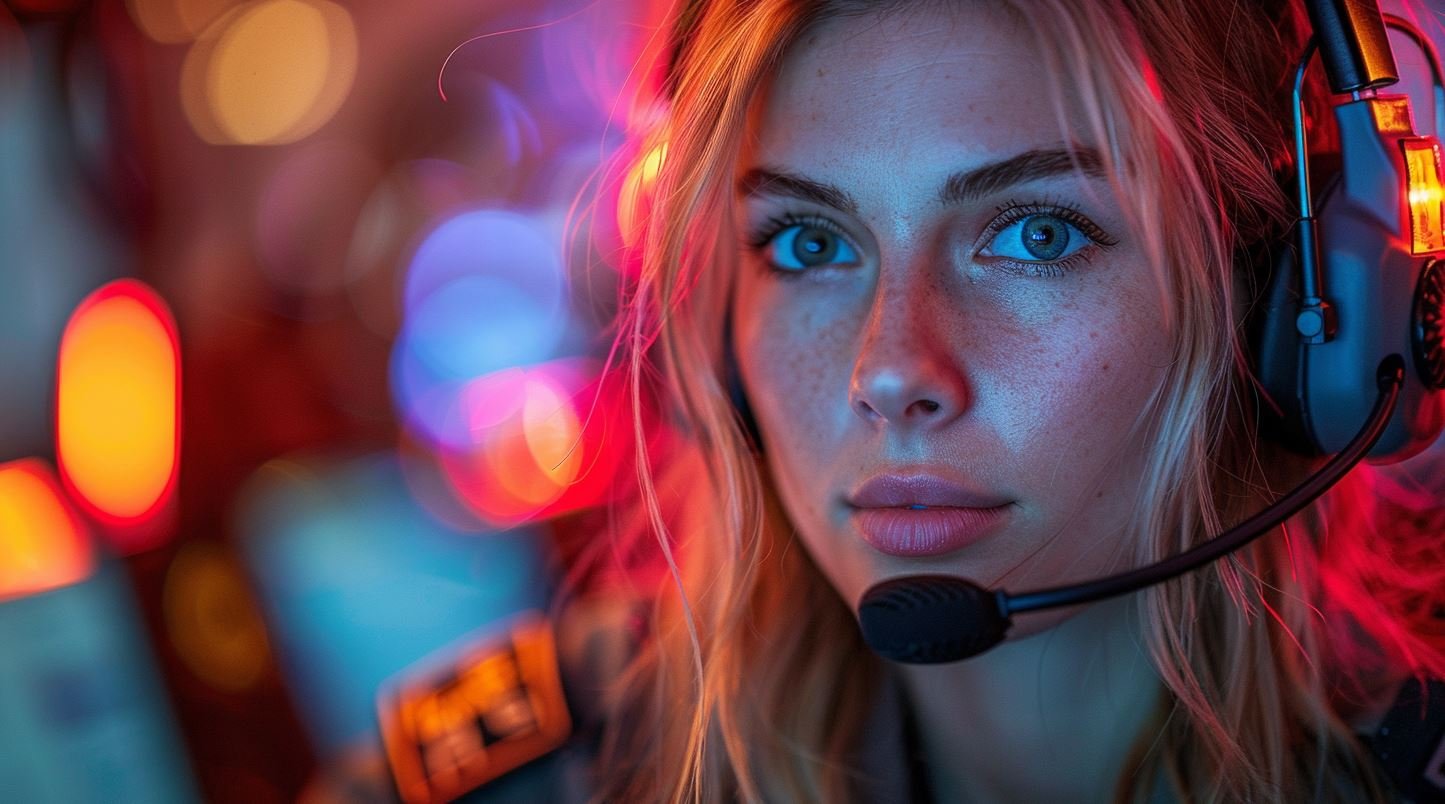Why do Police Cars have Red Lights Inside?
In the vast, intertwined world of law enforcement, every detail matters – from advanced communication technology to vehicle designs. You may have asked yourself why police cars have red lights inside, considering it a peculiar curiosity. In this blog post, we're going to unravel this mystery and illuminate the science behind this design choice, showcasing how these seemingly minute details help maintain order in our society.
Related Questions
-
When a cop has solid red lights on, it typically indicates an emergency situation or a need to stop traffic.
Solid red lights are often used by law enforcement vehicles, such as police cars, to signal drivers to pull over or stop.
It can also indicate that the officer is engaged in a specific operation, such as a traffic stop or responding to an emergency.
-
Yes, it is generally legal to have red lights inside your car.
However, the specific regulations regarding interior lights can vary depending on your jurisdiction. In many places, red lights inside a vehicle are allowed as long as they do not impair the driver's vision or create confusion for other drivers on the road.
It's important to familiarize yourself with the laws and regulations of your specific location to ensure compliance.
-
There are no specific states in the United States where it was illegal to drive with interior lights on.
However, it's worth noting that in many states, driving with the interior lights on at night may be discouraged as it can affect the driver's visibility and potentially distract other drivers.
It's always a good idea to check the current laws and regulations of your state or consult with local authorities to get the most accurate and up-to-date information.
Short Answer:
Q: Why do police cars have red lights inside?
A: Police cars have red lights inside to aid law enforcement officers in maintaining their night vision.
The red light causes less strain and pupil constriction than regular white light, allowing officers to adjust quickly when moving from the lit interior of their vehicle to the darker outdoors.
This enhances officers' efficiency and safety, enabling them to swiftly assess and act in various situations, particularly during night-time operations.
The red light also helps in reducing stress, maintaining focus, and positively influencing community perceptions of police readiness and professionalism.
The Science Behind Red Lights
To understand the importance of red lights in police cars, we must first delve into the world of color perception and light effects on human vision. The human eye responds differently to various colors and their wavelengths.
When exposed to red light, our eyes undergo a less drastic adjustment compared to other colors. As such, red lights reduce the strain on our eyes, especially in low-light environments.
In the context of a police officer on a night shift, maintaining optimal night vision becomes critical. Exposure to bright white light can cause the pupils to constrict, resulting in reduced low-light visibility once the bright light source is removed.
However, the red light causes less pupil constriction, allowing officers to maintain better night vision and quickly adjust when they switch between the dark outdoors and the lit interior of their vehicle.
Safety First: How Red Interior Lights Improve Officer Safety
For law enforcement officers, speed, safety, and effectiveness are pivotal. A quick response to an emergency situation could mean the difference between life and death. Red interior lights in police cars play a significant role here.
The red light enables an officer to read maps, check equipment, and perform other tasks inside the vehicle without having their night vision severely impaired. It allows for a seamless transition from the vehicle's inside to the dark outdoors, thus enhancing an officer's ability to assess a situation swiftly and act accordingly.
Not Just Red: The Significance of Red and Blue Lights
Outside of the vehicle, you will typically observe both red and blue lights on a police car. The combination of these colors serves an essential purpose. Red lights grab attention, symbolizing danger and commanding stoppage, while blue lights are highly visible over long distances and can penetrate fog, making it easier for police cars to be seen in a variety of weather conditions.
The distinction between inside and outside lighting on a police car, therefore, serves multiple purposes - from preserving night vision for officers to ensuring maximum visibility and communication of urgency to civilians.
A Vehicle Designed for Efficiency and Safety
So why do police cars have red lights inside? It's a careful design choice rooted in the understanding of human color perception, enhancing officer safety, and increasing their efficiency while on duty.
This attention to detail, combining science with practical application, helps ensure that our law enforcement officers can perform their duties at their best, no matter the time of day, weather, or environmental lighting conditions.
In the intricate web of policing, every detail counts. The red interior lights in police cars are not merely an aesthetic choice; they're a strategic decision made with safety and efficiency in mind.
The Psychological Impact of Red Lights
In addition to the physiological benefits, red lights also offer psychological benefits, specifically related to reducing stress and maintaining focus.
Studies show that different colors can elicit various psychological responses. Red, in particular, is linked to heightened alertness and attention to detail – both crucial elements when it comes to the duties of law enforcement officers.
For an officer on a late-night shift, the red glow emanating from the dashboard can subtly help keep their attention sharp and focused, thereby enhancing overall job performance.
The red lights also have a calming effect, reducing stress levels and helping officers stay composed in high-stakes situations.
Red Lights and Community Perception
The use of red lights inside police cars also plays a role in shaping community perceptions about law enforcement.
When a civilian sees the distinctive red glow inside a police vehicle, it serves as a visual cue that the officers are alert, vigilant, and ready to respond to emergencies.
This not only aids in fostering a sense of safety within the community but also projects an image of professionalism and preparedness.
Red Lights in Law Enforcement Across the Globe
While we've largely focused on the use of red interior lights in police cars in the United States, it's noteworthy to mention the adoption of similar practices across the globe. In many countries, variations of this concept are utilized, considering local culture, resources, and law enforcement requirements.
For example, in parts of Europe and Asia, you might find law enforcement vehicles with different hues such as green or blue for interior lighting, each chosen based on their specific contexts and perceived benefits.
Nonetheless, the universal objective remains the same – to create an environment that enables law enforcement officers to perform their duties with utmost efficiency and safety.
Future Trends: Red Lights and Beyond
As we move further into the 21st century, we may witness more advancements and changes in law enforcement vehicles. The application of color psychology in the design of police vehicles is an area ripe for innovation.
Concepts like adjustable color temperature lighting, which allows officers to choose the light color that best suits their current task and personal preference, are just beginning to be explored.
Moreover, the advent of digitalization and artificial intelligence can further enhance the practicality of police vehicle designs. From smart control panels that adjust lighting based on time of day and task at hand, to AI-powered systems that monitor officers' alertness levels and adjust the environment accordingly – the future of law enforcement vehicles is indeed promising and exciting.
Conclusion
In conclusion, the question of "why do police cars have red lights inside?" reveals a complex intersection of physiology, psychology, and technology. As we continue to evolve and innovate, it is a testament to the fact that every detail counts when it comes to public safety.











Inside the Investigation: A Deeper Dive into Police Detective Benefits